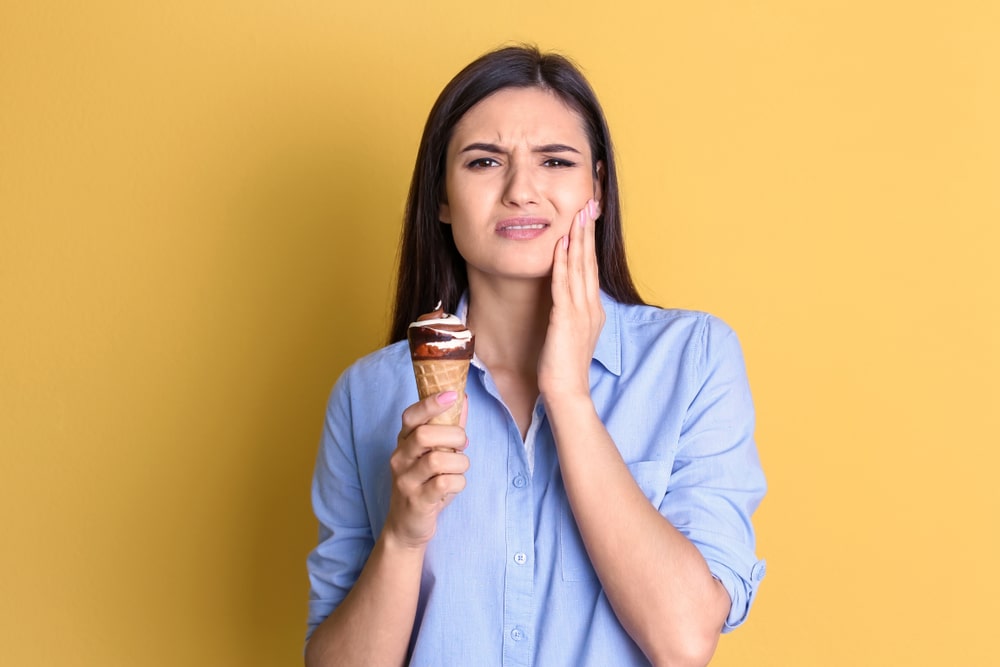Did you know that your oral health can affect your overall health? It’s true! Poor dental hygiene can lead to many dental problems, as well as increase the risk of other health issues such as heart disease, stroke, and diabetes. This is why it is so important to practice good dental hygiene, including proper brushing and flossing. By removing food particles and plaque from your teeth and gums, you can prevent dental problems such as cavities and gum disease. Additionally, by maintaining good oral health, you can lower your risk of other health problems and maintain a healthier overall lifestyle. In this blog, we will evaluate proper brushing and flossing techniques to ensure you are using the most effective technique.
Brushing Techniques
Proper brushing technique is crucial to maintaining good oral health. Brushing your teeth regularly removes plaque, bacteria, and food particles that can lead to tooth decay and gum disease. In addition, using proper brushing technique helps ensure that you are cleaning all areas of your mouth thoroughly. Here are some tips on toothbrushing techniques that you can use to maintain good oral hygiene:

- Use the right toothbrush: Choose a toothbrush with soft bristles and a small head. This will allow you to reach all areas of your mouth, including your back teeth.
- Position your toothbrush: Hold your toothbrush at a 45-degree angle to your gums. This will allow you to clean the area where your teeth meet your gums.
- Use gentle circular motions: Use gentle circular motions to brush the front, back, and top surfaces of your teeth. Avoid scrubbing too hard, as this can damage your tooth enamel and irritate your gums.
- Don’t forget your tongue: Bacteria can also accumulate on your tongue, so be sure to brush it gently as well.
- Brush for at least two minutes: Brush your teeth for at least two minutes, twice a day. You can use a timer or an app to help you keep track of time.
- Don’t rush: Take your time when brushing your teeth. Rushing can lead to missed areas and incomplete cleaning.
- Rinse your mouth: After brushing, rinse your mouth with water or mouthwash to remove any remaining debris.
- Replace your toothbrush regularly: Replace your toothbrush every three to four months, or sooner if the bristles become frayed. This will ensure that your toothbrush is effective at removing plaque and bacteria.
Proper brushing technique is essential to maintaining good oral health. By using the right toothbrush, positioning it correctly, using gentle circular motions, brushing for at least two minutes, and replacing your toothbrush regularly, you can ensure that you are cleaning your teeth and gums thoroughly. Don’t forget to visit your dentist regularly for checkups and cleanings as well!
Flossing Techniques
Proper flossing is an essential part of maintaining good oral health. Flossing helps remove food particles and plaque from between your teeth and gums, where your toothbrush may not be able to reach. This can help prevent tooth decay, gum disease, and other oral health problems. Here are some tips on how to properly floss:

- Start with enough floss: Use about 18 inches of floss and wrap it around your middle fingers, leaving about 1-2 inches of floss in between.
- Hold the floss correctly: Hold the floss tightly between your thumbs and index fingers, with about an inch of floss between them.
- Glide the floss: Gently glide the floss back and forth between your teeth, using a sawing motion. Be sure to curve the floss around the base of each tooth, including the gum line.
- Use a fresh section of floss: After flossing each tooth, use a fresh section of floss. This will help prevent the spread of bacteria.
- Be gentle: Don’t snap the floss into your gums, as this can cause pain and bleeding. Instead, use a gentle back-and-forth motion.
- Don’t forget the back teeth: Be sure to floss all of your teeth, including the ones at the back of your mouth.
- Use a floss holder: If you have trouble using regular floss, you can use a floss holder or interdental cleaner to help you reach all areas of your mouth.
- Be consistent: Floss at least once a day, preferably before bedtime. This will help remove any food particles and plaque that have accumulated throughout the day.
Proper flossing is essential to maintaining good oral health. By flossing regularly and using the right technique, you can help prevent tooth decay, gum disease, and other oral health problems. Don’t forget to visit your dentist regularly for checkups and cleanings as well!
In Conclusion
To sum up, taking care of your teeth and gums through proper brushing and flossing is important for both your oral health and overall well-being. By making these habits a regular part of your daily routine, you can prevent serious dental problems that may require costly and painful treatments. Remember, good oral health starts with small habits like brushing and flossing, but they can make a big difference in your overall health and quality of life.

Dr. Snehlata Kulhari completed her Bachelors of Dental Surgery (BDS) at Government Dental College in Punjab, India and her Doctor of Dental Medicine (DMD) degree at the Henry M. Goldman School of Dental Medicine in Boston. She has been practicing dentistry since 2011 and has founded Smile Mantra Family Dentistry to provide dental care and education to the community of Cary, NC. Dr. Kulhari stays up to date on the latest dental research and advancements in order to offer her patients exceptional dental care.



